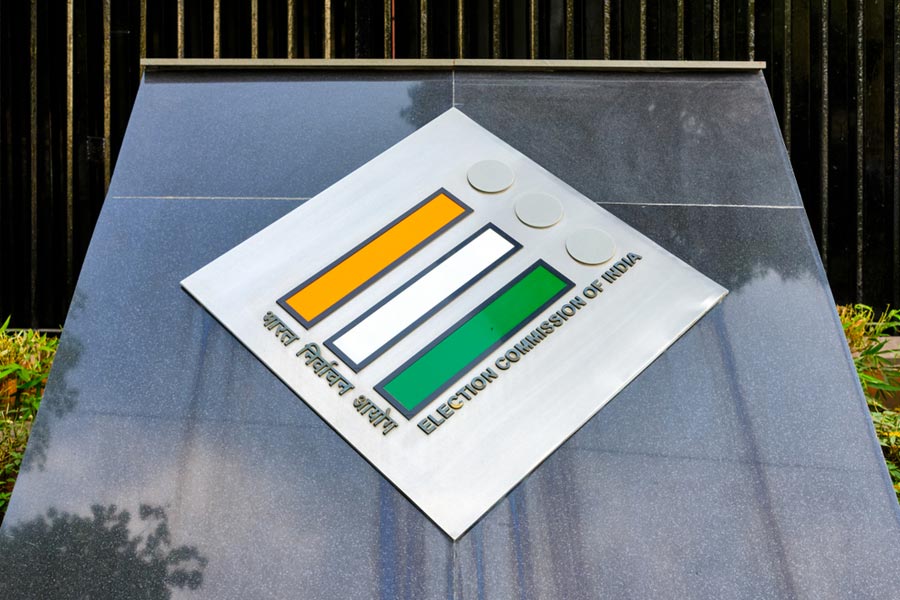 |
| Viewpad 10 |
It ain’t easy being a tablet these days. You may be welcomed into the world with much fanfare, but questions about your pedigree soon crop up, not to forget folks wondering what’s unique about you, and just how different you can be from the others of the pack. With ViewSonic’s latest offerings in the tablet space, the ViewPad 7 and the ViewPad 10, my response is mixed. And here’s why.
Straight off the blocks, the ViewPad 7 bears an eerie resemblance to another 7-in Android tablet I’ve looked at a couple of months ago, down to pretty much the last detail in the specs department as well. It’s probably the case that ViewSonic shares the same original equipment manufacturer as the other brand, but virtually identical products (except the VP7 is pricier) just aren’t going to fly. Not in India, not anywhere else.
Which is where the ViewPad 10 totally rocked my boat, at first. It’s unlike any tablet I’ve ever seen — not only does it run Google’s Android platform, but it also boots into Windows 7 Home Premium platform — a “best of both worlds” as ViewSonic claims.
 |
| Viewpad 7 |
Looks are pretty average, but the heft of the device and the cooling vents on the sides reminded me of a display-only netbook. What blurs the line between tablets and netbooks even further is that the VP10 uses a netbook spec Intel Atom N455 1.66 GHz processor in place of the commonly used ARM processors. Apart from a good capacitive touchscreen and the regular complement of audio and memory card slots, it even manages to pack in two USB 2.0 ports, which should really come in handy when you want to plug in an external keyboard or storage drive.
But what of the platforms? It’s rather disappointing ViewSonic chose to run the now very outdated Android 1.6 OS, especially when you consider the other OS it is packing is Windows 7, not Windows XP. So there’s no Flash support, none of the new features of Android 2.0 upwards, and no access to the Android Market, just a third party application to install apps.
Thanks to the Atom processor though, Android literally flies on the VP10, and makes sense as a quick boot-and-use option to Windows. Of course, Windows 7 is slower to boot and use, but way more versatile, in terms of readily available everyday applications and hardware compatibility with USB modems and such like. It does take a bit of getting used to using a non-touch friendly Windows on a touchscreen though. Also, it runs much hotter while on Windows than when you’re using Android.
After using this device, I’d stop short of recommending it — the two OS choices were a great idea on the drawing board, but the Android version and the pricing leave a lot to be desired.
• Rating: 7/10
• Price: ViewPad 10: Rs 38,000 ; ViewPad 7: Rs 32,000
• URL: http://bit.ly/hslNVN
A player with pizzaz
 |
Iomega ScreenPlay TV Link MX HD Media Player — phew, a rather long name for a diminutive and lightweight media player. Don’t let the size fool you for a minute — the device is a stunner when it comes to starting up and response time, ready to go the moment you plug in a hard drive or USB thumb drive. It supports the entire alphabet soup of all the major audio, video and photo formats, and the interface is pleasing. Performance wise, even when you’re playing a full HD movie, there is no stutter or lag worth mentioning.
Having said that, it does have only one USB 2.0 port, which can be cumbersome, given some external USB powered drives need a second USB port to power the device. There’s no network connectivity of any sort, but the pricing really redeems any flaws. If you’re looking for a simple, no-nonsense HD media player but don’t need the Internet or PC treaming connectivity, this is the one to pick.
• Rating: 9/10
•URL: http://bit.ly/fD6Ccg
• Price: Rs 3,999
Screen scorcher
 |
You would be forgiven if you confused the HP DreamScreen 400 with HP’s range of upmarket TouchSmart all-in-one PCs — not for a minute do the build quality or the design let on about the sub-20,000 price. The idea behind the DreamScreen is to make technology available and approachable for the hordes of people who shy away from ‘traditional’ technology.
Boot up the device, and you get a simple icon-based home screen on the 18.5-in 1366x768 pixel touchscreen display. Each of these icons start off the email, chat, browser, photos, movies or music services HP has bundled on this device. There’s a bunch of content pre-loaded, including Bollywood movies and facility to make bill payments or travel bookings but what I find most interesting is the education channel, which lets you access specially created textbook material for a whole range of classes.
Given its pricing, the DreamScreen wasn’t expected to pack in hotshot hardware but it works very well for those who aren’t quite weaned on Windows, say your technologically challenged elders in the house. Sure, you’re limited to the applications and services HP offers but I for one don’t think the intended audience will be complaining.
• Rating: 8/10
• URL: http://bit.ly/iaVcFD
• Price: Rs 19,999 (plus taxes)










